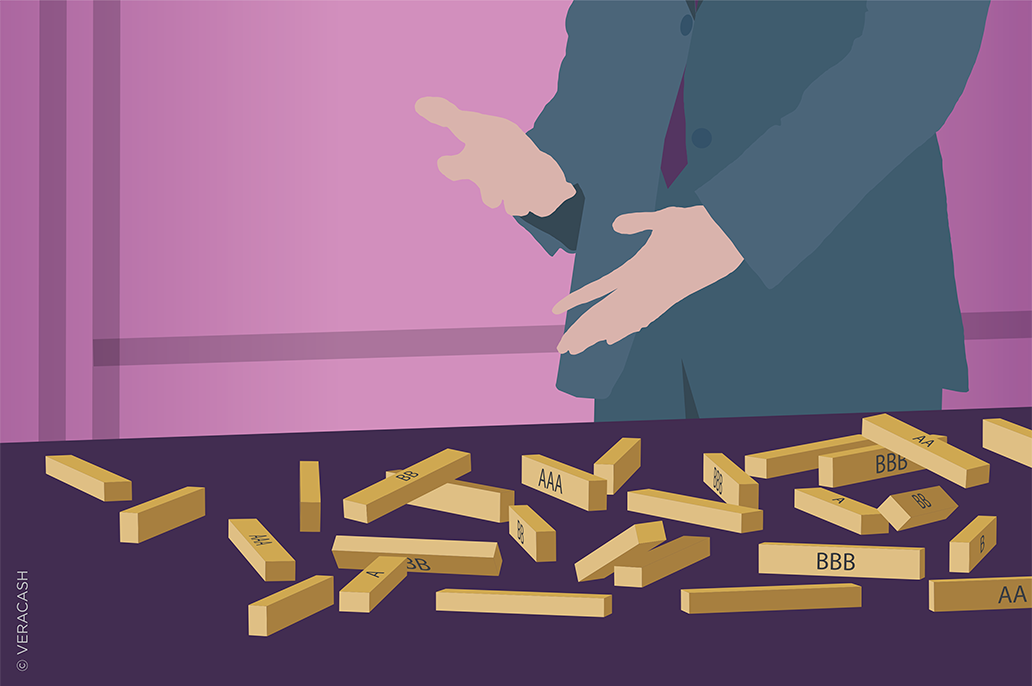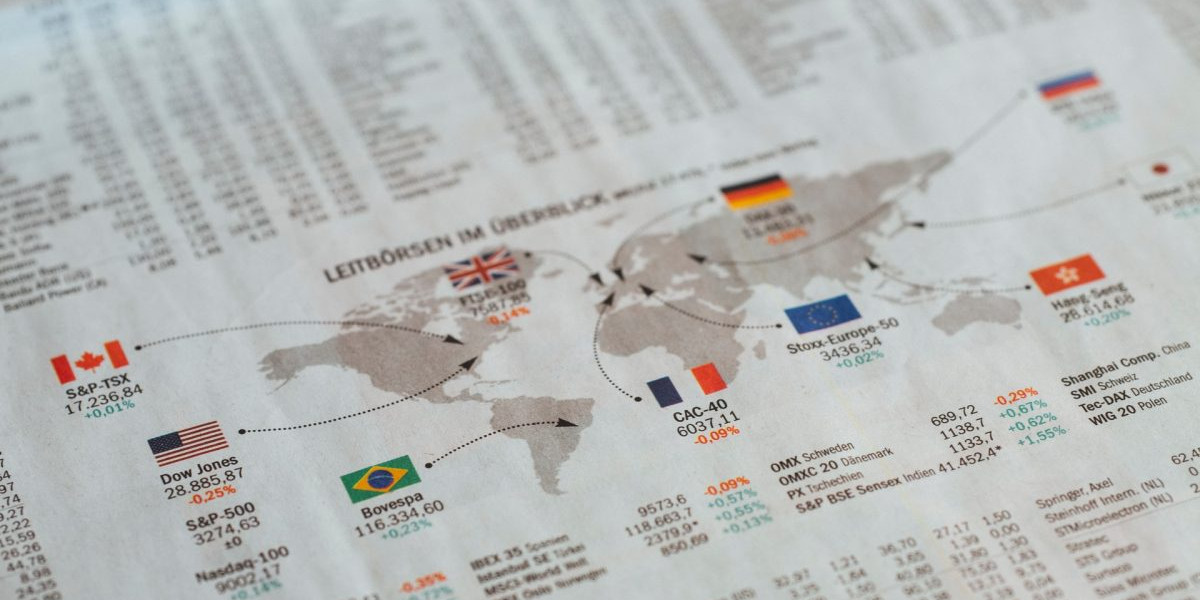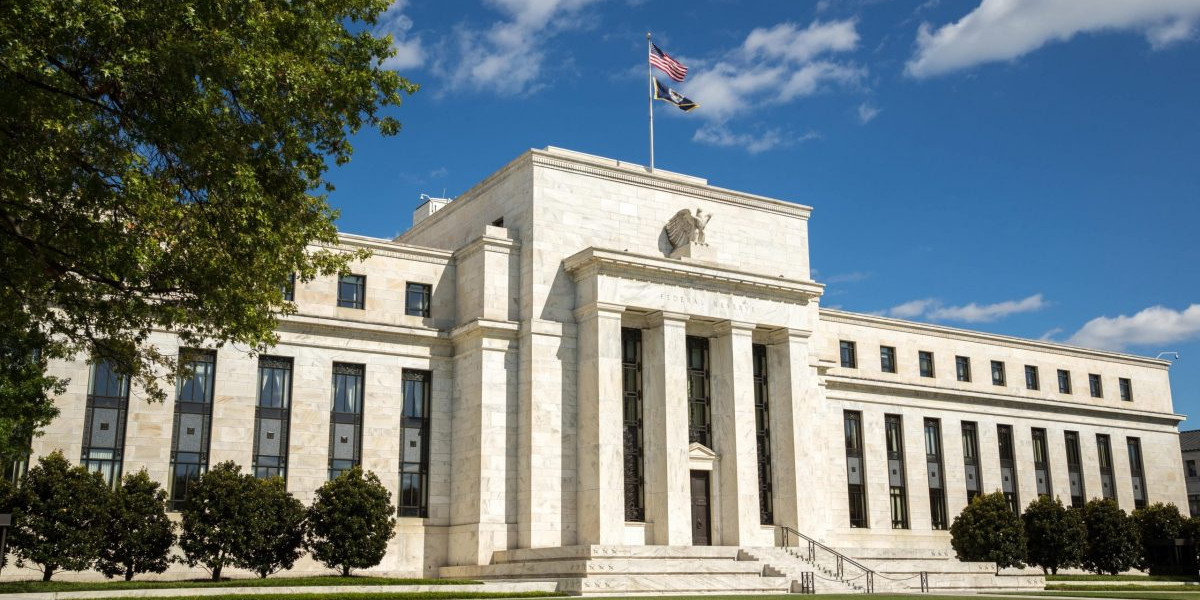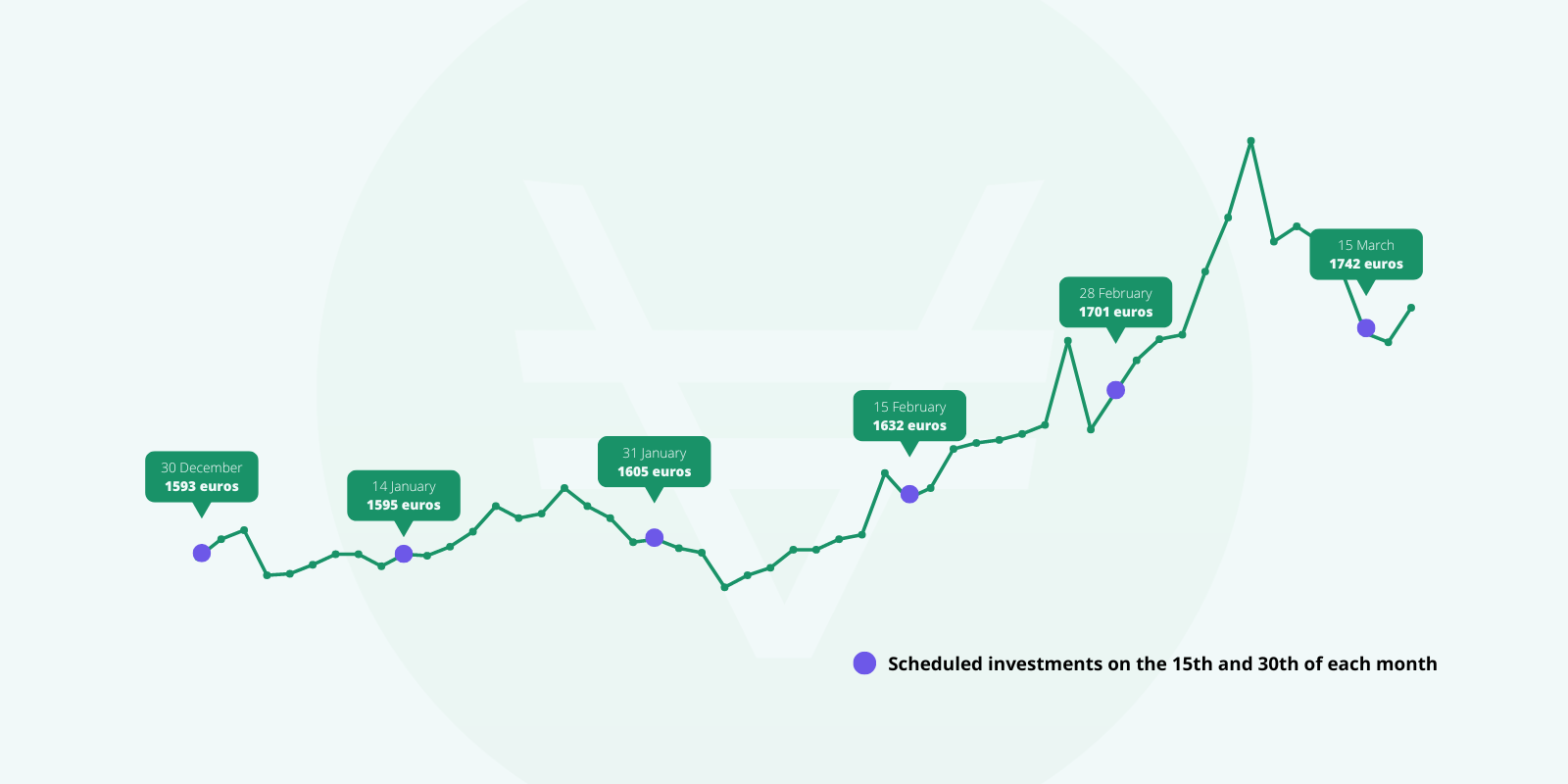The 2008 financial crisis whose 10th anniversary just passed in September 2018 has taught us one thing, if nothing else. The expression “too big to fail” needs to be banished from the financial sector. Yes, a very large bank can go bankrupt. The collapse of Lehman Brothers on 15 September 2008 is a perfect illustration of this.
Could this type of systemic crisis happen again?
Lehman was not too big to fail
Does size matter?
Spoiler alert: We’re finally going to answer this crucial question! Before 2008, the entire planet believed that, if an organisation was large enough, there was no risk of it going under. Too Big to Fail is the title of a book published in 2009 about the 2008 financial crisis and the fall of Lehman Brothers.
As a result of the subprime mortgage crisis of 2007, the American government injected hundreds of billions of dollars in bailout money into banks to prevent the complete collapse of the system. For the world of finance, this was proof that the United States will never let its big banks down: they are simply too big to fail.
True, but we shouldn’t go overboard either. As a result, some advocate for the theory that an example had to be made, and Lehman Brothers served that purpose. In fact, it should be noted that, at the same time, the Fed and the US State saved AIG by means of a quasi “nationalisation” of the insurance company.
Variable-rate loans to blame?
Systemically important banks should never – and we mean NEVER – have been exposed to subprimes like they were in 2007. Regulatory and supervisory authorities cannot accept (and still do not accept in 2018) that big banks should expose themselves to such borrower risk. We all know how hard it is to get a loan without having all the necessary guarantees of its repayment. And yet, between 2004 and 2007, variable-rate mortgages were granted indiscriminately in the US. The market was in seventh heaven. Bank margins were excellent, and sales bonuses were peaking. Hip, hip, hooray! And yet, at the same time, problems were emerging. For example, loan defaults were on the rise.
Massive securitisation: banks getting their slice of the pie
How is it possible that the supervisory authorities didn’t see it coming? Because there was literally nothing to see at the banks. They had got rid of that risk by placing it in investment vehicles managed by less-regulated financial institutions. That’s what securitisation is all about.
It’s a convenient practice, mixing good and bad debt together in “tranches” (French for “slices”). That way, the reality of the situation is effectively concealed. This is how financial vehicles were rated AA, if not AAA, by ratings agencies, although they contained completely rotten B or BB debt mixed in with stronger assets. It was when those bad “bricks” broke that the entire building collapsed.

Betting against banks, the economy and the State
Some observers, more attentive than the rest, finally spotted the flaw. And because this is the world of finance, they saw it as a fabulous opportunity for short sales! They would bet against the market, convinced that it would bounce back one day. This would yield a fantastic book and film, The Big Short. The biographical story contains characters who are clearly off-the-wall and unconventional. You need to be able to think way outside the box if you’re going to invest in the collapse of a system, speculating against the institutions, the banks, the States, the central banks, and so on.
The 2008 crisis showed us, first and foremost, that finance can collapse and that a big bank can go under. But it also demonstrated that supervision and regulation of the main actors are no comprehensive insurance policy.
Since that time, authorities have decided to ramp up bank obligations (in terms of capital and liquidity), and multiple countries have legislated short sales, that have been accused of straining the markets and therefore accelerating or accentuating downward trends. As if that practice was the underlying cause of the crisis, rather than its consequence or an opportunity created by it.
The observation of a flaw in the system has also served as a starting point for many conscientious actors to think about ways of exchanging value outside the banking system. One notable example was the creation on Bitcoin in 2009, based on decentralized, anonymous governance.
VeraCash, betting on the stability of the price of gold
Others like us believe we need tangible assets like gold and silver to guarantee those exchanges: regardless of breakdowns in finance, their value will be preserved.
In fact, we designed our system to be resilient, even in the case of a systemic failure or local bank run. VeraCash could have helped the Cypriots in 2013 and the Greeks in 2015, when limits were applied to cash machine withdrawals over more or less extended periods of time.
So, if your bank should declare bankruptcy, the VeraCash system will allow you to survive thanks to “currency” which can be circulated between private individuals and companies.


